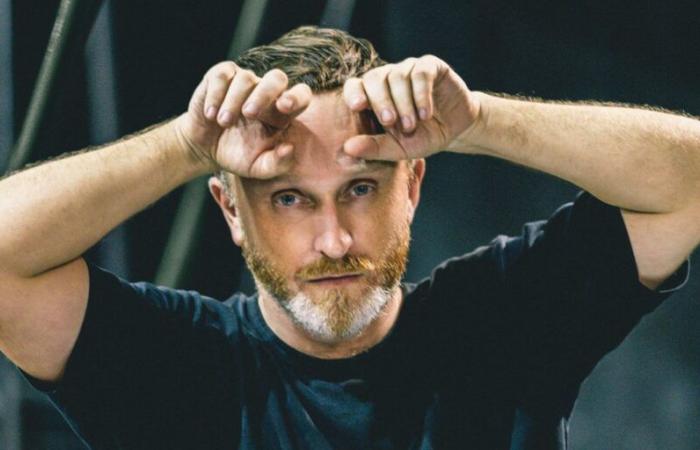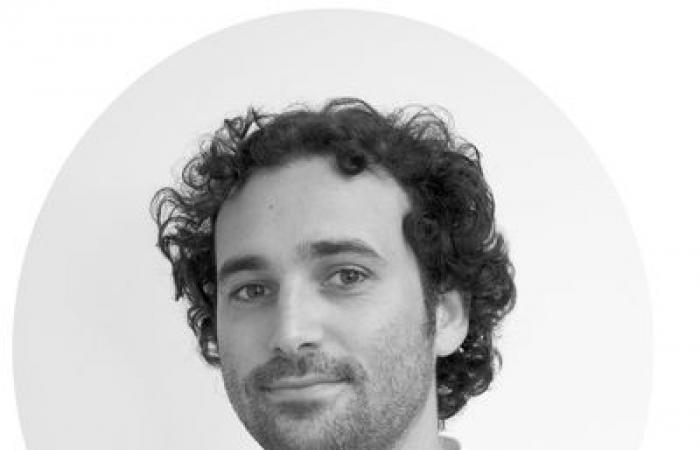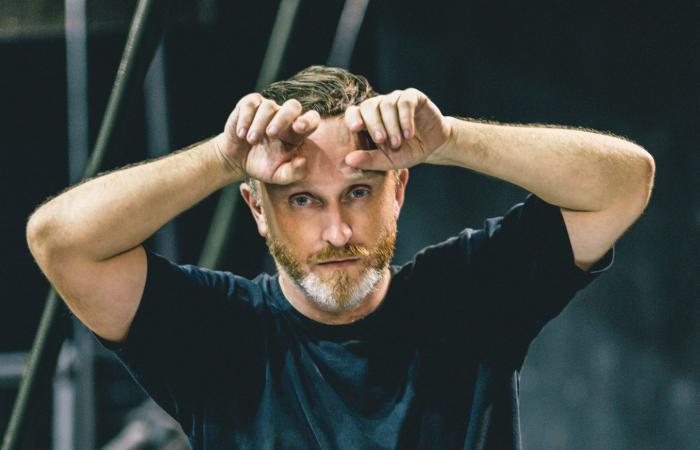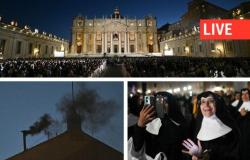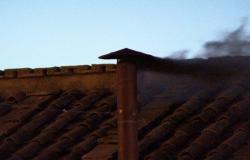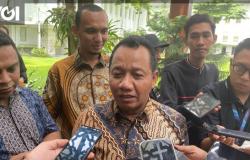“Mirage” at the Grand Théâtre –After “Emilia Pérez”, Damien Jalet presents his new ballet
The French choreographer, who notably worked for Madonna and Jacques Audiard, presents his “Mirage” ballet at the Grand Théâtre.
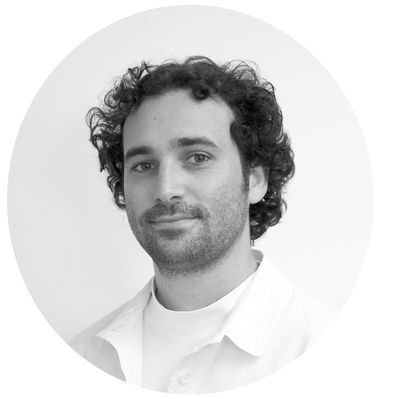
Posted today at 10:30 am
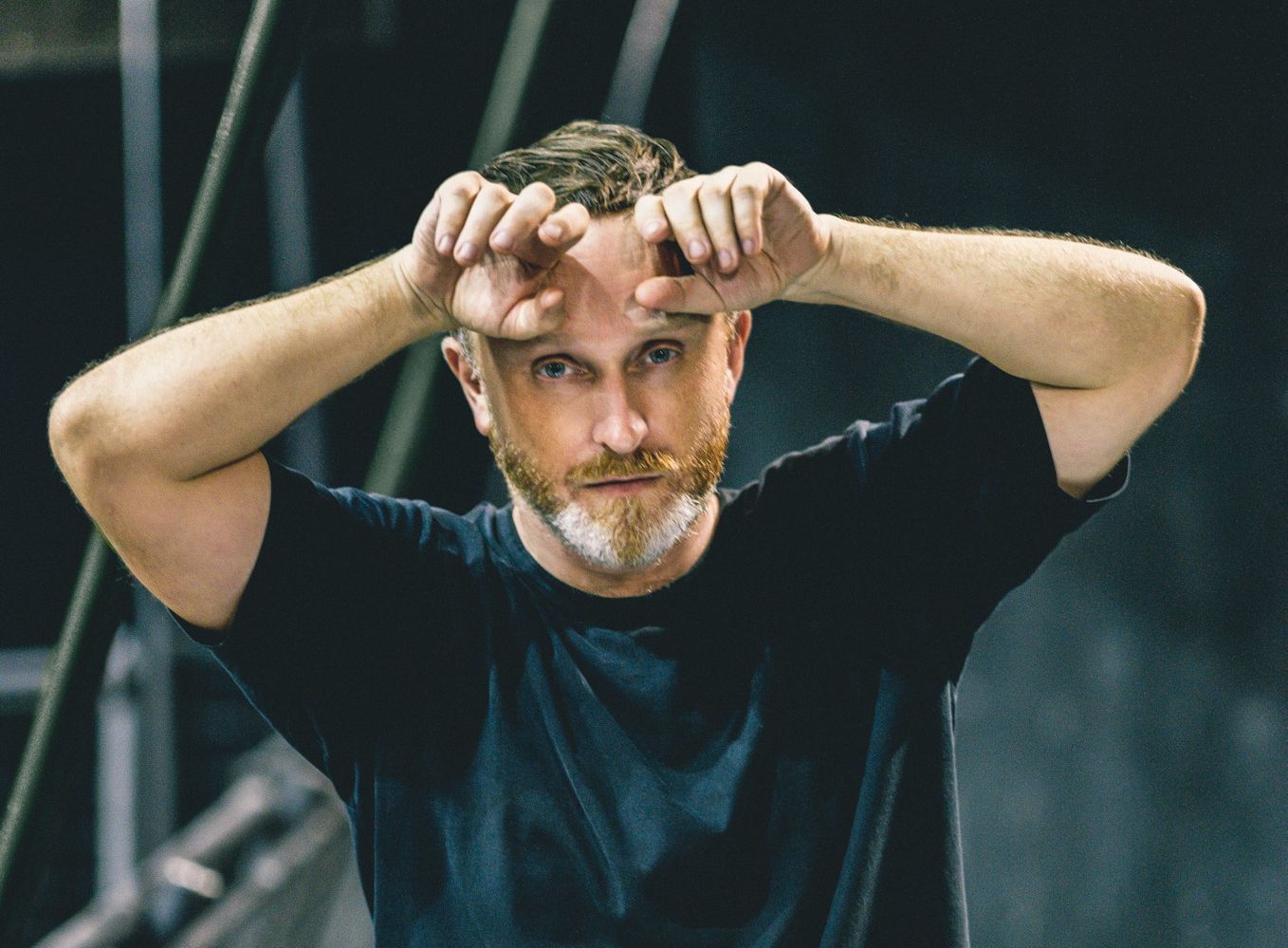
Damien Jalet, choreographer and former dancer, presents this week “Mirage” at the great theater.
Rahi rezvani
Subscribe now and take advantage of the audio reading function.
- The choreographer Damien Jalet presents his new creation “Mirage” at the Grand Théâtre Genevois.
- The artist collaborates for the fourth time with the Japanese plastic artist Kohei Nawa.
- The play scientifically explores the phenomenon of mirage in an experimental approach.
- Thomas Bangalter creates a minimalist sound atmosphere to accompany movements.
Geneva welcomes this week a size of modern ballet with “Mirage”, a creation of the great world first theater, signed Damien Jalet in collaboration with the Japanese plastic artist Kohei Nawa. A tandem that is not new, the two artists having already worked together three times, especially in «Planet [wanderer]». Meet this choreographer with a flowery language and plunged into the poetic universe of this modern ballet.
The spirit of Damien Jalet
At this point, you will find additional external content. If you accept that cookies are placed by external suppliers and that personal data are transmitted to them, you must allow all cookies and directly display external content.Allow cookiesMore info
When we arrived in the prestigious room of the Grand Théâtre, Damien Jalet sips a coffee on a strapontin, sporting a jacket «Twin PeaksBought a few weeks before the death of David Lynch. A detail, but somewhere, the artist reminds us of the director through many aspects. Inhabited by his work, his words take us into reflections on man, on his place in nature and, above all, on the phenomenon of mirages, question at the heart of his new ballet.
A mirage is observed, but is backwards or disappears. How did you get inspired by this phenomenon for this ballet?
“Mirage” is a fairly mysterious spectacle. It is an ode to the human body, the only tangible tool that we have. This ballet is really linked to the atmospheric phenomenon of the mirage which takes place in the deserts, in the absence of water. What is interesting is that a mirage is not just a hallucination, but something that can be measured and scientifically captured. So there is something of the order of reality. The room revolves around the questioning of what we see. With Kohei Nawa, we have also reflected on all the changes that the world has experienced in the last ten years and on the rather alarming perspectives of our own extinction.
You also have a fruitful collaboration with the plastic artist…
Indeed, it is my fourth collaboration with Kohei Nawa. I met him in Japan over ten years ago. I do not work with him as I could do with a scenographer, it is really a fusional collaboration in which we try to insert our two mediums so that they overlap into each other. His work has something organic, he sculpts with gravity, he works the matter. It is a culture that has nothing to do with mine, so we do a lot of experiments. There is a lot questioning the relationship between science and the imaginary.
Especially around the use of material, how do you work together?
We really have a non -anthropocentric approach, we try to discuss around the root of life. The process is quite long, because we are performing together workshops To develop new works. We work with ideas, but also with materials. Around these discussions, a mythology is born. But our approach is also very scientific, especially with chemical reactions, gravity … Besides that, there is a real survey of the collective: we debate, we imagine, around our respective beliefs, but also via inspirations that we could have had in other countries, which have other cultures, other rituals.
-What then did you seek among the dancers?
For example, we studied morphologies to work with the size of the performers. I’m also looking for resilience and a certain taste for adventure. Working with Kohei and I requires throwing yourself into a form of unknown and experimentation. I like to bring them to places where their perceptions change.
The play requires a lot of investment from the dancers, because it is extremely precise and mathematical. I then ask them to live in creation and then go and get something more in them. I am not telling them what they should feel, it is up to them to make their own narrative sons and build their journey to make it personal and emotional. I need to feel that they are contributors.
How the composer Thomas Bangalter (Editor’s note: one of the two members of Daft Punk) Did he intervene in the room?
When we started the workshop In 2023, I did not know him personally. He arrived during our last creation phase. I sent him a lot of elements that we had discussed with Kohei and he started to create a series of sounds. He did not try to go towards something very musical, but rather to an accompaniment that helps spectators to look at the room, with noises, atmospheres. The goal was not to flood “mirage” with too present music, so as not to impose on the public an overly strict narration.
After Paul Thomas Anderson and Luca Guadagnino, you worked for Jacques Audiard in “Emilia Pérez”. How did it go?
When I met Jacques a year or two before filming, there was no mention of choreography in the film’s script. The music was completely written and it sang all the time, especially through the main actresses. I told myself that it was really going to be complex to insert movement in there. The musical is a medium far from mine.
Work with Jacques is embodied as a real collaboration. We discussed a lot to get to grasp where we wanted to go. The meeting with Zoe Saldana was decisive, because when I saw that she was dancing a lot, that she was comfortable with the movement, I pushed as much as possible to have moments of dance with faster tempos, more important solos … It was therefore a lot of back and forth and discussions.
Did you like the experience?
Yes, a lot, and what follows is important. When I finish a show, I wonder about the question of trace, what will remain. For example, a painter or sculptor always leaves something tangible. Not us. A film that would be a capture of one of the shows is more of the second hand. With a cinematographic work like “Emilia Pérez”, I know that I leave something very accessible. For us, it is important, and it can even encourage spectators of the film to take an interest in ballet and dance.
Andrea Di Guardo is a RP journalist at the Genève gallery since March 2024. Attached to the cultural section (Vibrations pole), he also writes for 24 hours and morning on Sunday. He is also interested in local and international subjects. He holds a master’s degree in journalism and communication and a Bachelor in political science.More info
Did you find an error? Please report it to us.
0 comments

